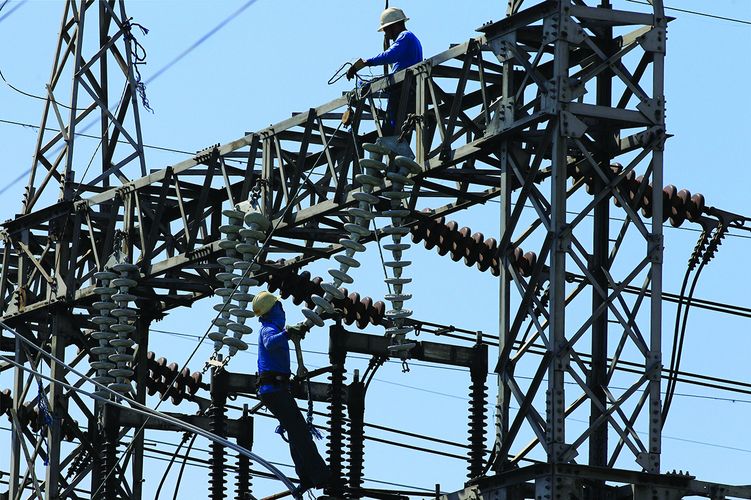The Philippines is eyeing project bonds as a means of funding infrastructure costs that are likely to rise as the government expands the construction of roads and water resources to support a fast-growing economy.
Although the first project bond may not happen at least until next May’s presidential election, the country will increasingly consider issuing debt as infrastructure projects become too big to be funded by bilateral and concessional loans, the current funding vehicle of choice.
“I could see that need happening as we launch more of these expensive projects,” Finance Secretary Cesar Purisima said in an interview with IFR.
The Philippine government said last year it aimed to increase infrastructure outlays to 4 percent of gross domestic product this year, from a target of 3.5 percent in 2014.
Under the Philippines’ Official Development Assistance (ODA) programme, foreign countries with trade or diplomatic relations provide loans to promote social and economic development.
Purisima says the funding available through these bilateral sources is sufficient to cover existing needs.
The latest ODA funds came from Japan, which pledged a record ¥240bn (US$1.9bn) in loans to finance the first phase of a railway project linking Manila with northern provinces. The total cost is estimated to be US$2.6bn.
Growing demand
At some stage, demand for infrastructure funding is expected to surpass these funding sources.
“As we roll out more of these projects, those bilateral sources of concessional funding will be exhausted,” Purisima said. “When that’s exhausted, and when the liability gaps of the projects become wider, then that’s when you really need to find a way to make sure the projects offer the consumers good value. The only way to do that is to give them access to cheaper financing. In the country, it’s only really the sovereign which has access to the cheapest financing.”
Although details have yet to be set, the finance secretary said he is examining how the government might issue these bonds to keep funding costs low for both developers and consumers. One option, he said, was to create a government entity to issue the bonds, which will come with a guarantee.
For now, the bonds are expected to be denominated in pesos to avoid foreign-currency risks.
“From the past, we realised that by having that currency mismatch, you put the long-term success of the project at risk. I think we learned difficult lessons from there,” he said.
Purisima says project bonds will also help fill a gap in the country’s expanding onshore market by providing a supply of long-term debt, which would be welcomed by the growing insurance industry.
“It helps us create a stronger local capital market especially in trying to attract insurance money into this sector,” he said. “We have an insurance sector that is growing rapidly. In fact, the challenge is looking for investment instruments that match their liabilities.”
Further down the road, Purisima said these bonds could be recycled through securitisation.
The Philippines last Thursday reported GDP growth of 5.6% in the second quarter from a year ago. Economic Planning Secretary Arsenio Balisacan said the government was likely to cut its growth target to 6.0%-6.5% this year instead of the current target of 7% to 8%.
